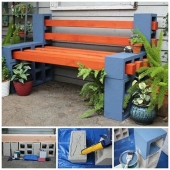Hello, Solar Gurus! We are an off-grid family that would like to grid tie soon. Unfortunately, our current inverter (Outback VFX3524) doesn't permit it. Other components in our system are 9x250W monos, Outback Flexmax60 charge controller, Outback Mate2, 8 Trojan L16s (at 24V), and a 6kw Northern Lights diesel generator. Our desired improvements would make 120/240, operate off 24V (but going 48V wouldn't be deal breaker), grid interface, allow two AC inputs (generator+grid), have auto generator start, and have increased charge controller capacity for future panel expansions.
Options include:
Outback Radian 4048A+another Flexmax 60/80+ Mate 3 ($4,000)
OR
Schneider Conext XW+ or SW ($3,000-$4,000) + ??
Having lived years with the Outback system, I'm super familiar with Outback products and what I need. I hear, though, that Schneider makes a robust, intuitive inverter.
So, does anyone have any insights into these systems? I can't tell from the specs, but does the Schneider have integrated MPPT charge controller? Or is that separate? It looks like Schneider's generator auto start might also be a separate feature. If the inverter doesn't include integrated systems, then the cost difference could really add up.
Anyway, apologies for long-winded question. I would really appreciate advice from anyone with experience with these systems.
Kind regards,
Steve
Palmer, Alaska





